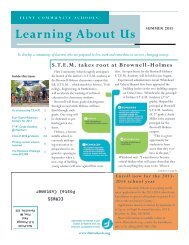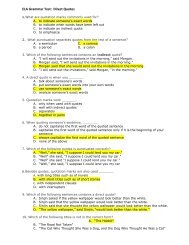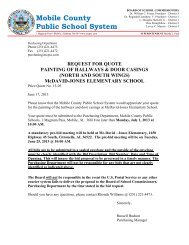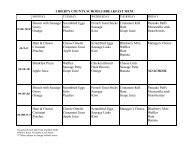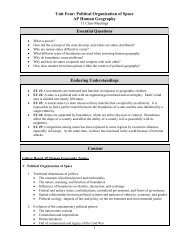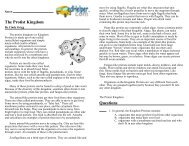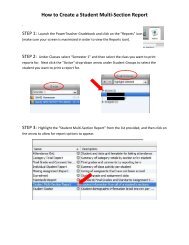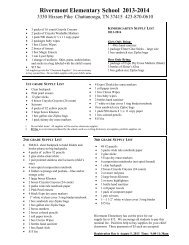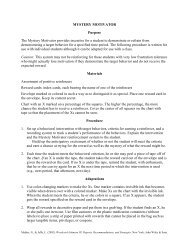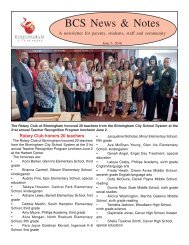Chapter 12: America and World War II, 1941-1945 - Georgia ...
Chapter 12: America and World War II, 1941-1945 - Georgia ...
Chapter 12: America and World War II, 1941-1945 - Georgia ...
Create successful ePaper yourself
Turn your PDF publications into a flip-book with our unique Google optimized e-Paper software.
Building a New <strong>World</strong><br />
The Allied nations attempted to prevent<br />
future wars by creating the United Nations <strong>and</strong> by<br />
bringing war criminals to trial.<br />
Reading Connection How effective was the League of<br />
Nations that was founded after <strong>World</strong> <strong>War</strong> I? Read on to learn<br />
about another group, the United Nations, founded at the end of<br />
<strong>World</strong> <strong>War</strong> <strong>II</strong>.<br />
Well before the war ended, President Roosevelt<br />
had begun to think about what the world would be<br />
like after the war. The president had wanted to<br />
ensure that war would never again engulf the world.<br />
Creating the United Nations President Roosevelt<br />
believed that a new international political organization<br />
could prevent another world war. In 1944, at the<br />
Dumbarton Oaks Estate in Washington, D.C., delegates<br />
from 39 countries met to discuss the new organization,<br />
which was to be called the United Nations (UN).<br />
The delegates at the conference agreed that the<br />
UN would have a General Assembly, where every<br />
member nation in the world would have one vote.<br />
The UN would also have a Security Council with 11<br />
members. Five countries would be permanent members<br />
of the Security Council: Britain, France, China,<br />
the Soviet Union, <strong>and</strong> the United States—the five big<br />
powers that had led the fight against the Axis. These<br />
five permanent members would each have veto<br />
power.<br />
On April 25, <strong>1945</strong>, representatives from 50 countries<br />
came to San Francisco to officially organize the<br />
United Nations <strong>and</strong> design its charter, or constitution.<br />
The General Assembly was given the power to<br />
vote on resolutions, to choose the non-permanent<br />
members of the Security Council, <strong>and</strong> to vote on the<br />
UN budget. The Security Council was responsible for<br />
international peace <strong>and</strong> security. It could investigate<br />
any international problem <strong>and</strong> propose settlements<br />
to countries that had disputes with each other. It<br />
could also take action to preserve the peace, including<br />
asking its members to use military force to<br />
uphold a UN resolution.<br />
Putting the Enemy on Trial Although the Allies<br />
had declared their intention to punish German <strong>and</strong><br />
Japanese leaders for their war crimes, they did not<br />
work out the details until the summer of <strong>1945</strong>. In<br />
early August, the United States, Britain, France, <strong>and</strong><br />
➤<br />
Dumbarton Oaks Conference, 1944<br />
616 CHAPTER <strong>12</strong> <strong>America</strong> <strong>and</strong> <strong>World</strong> <strong>War</strong> <strong>II</strong>



